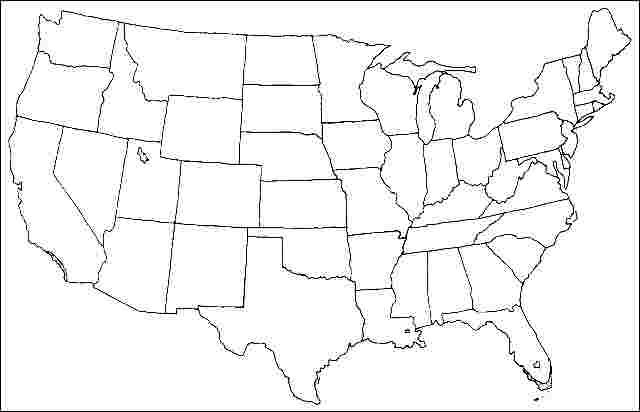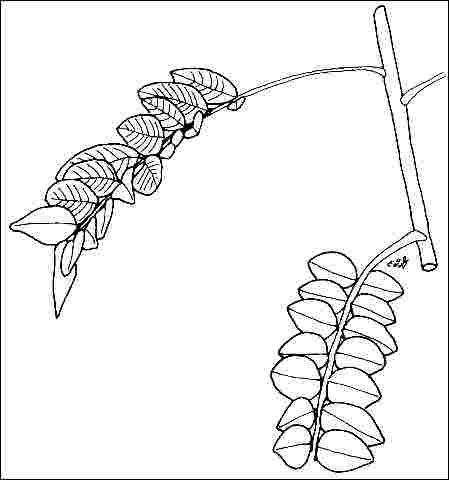Introduction
Cassia is a medium to large tree from tropical America and reaches 60 feet in height, but is often much smaller. The pinnately compound leaflets have fuzzy undersides and are three inches long. The bright yellow flowers are 1.5-inches-wide but appear in dense racemes up to two feet long. The cylindrical seedpods which follow are 12-inches-long.

General Information
Scientific name: Senna spectabilis
Pronunciation: SEN-uh speck-TAB-ih-liss
Common name(s): Cassia
Family: Leguminosae
USDA hardiness zones: 10B through 11 (Fig. 2)
Origin: not native to North America
Invasive potential: little invasive potential
Uses: trained as a standard; deck or patio; tree lawn 3-4 feet wide; tree lawn 4-6 feet wide; tree lawn > 6 ft wide; street without sidewalk; parking lot island < 100 sq ft; parking lot island 100-200 sq ft; parking lot island > 200 sq ft; specimen; highway median; container or planter
Availability: not native to North America

Description
Height: 15 to 20 feet
Spread: 15 to 20 feet
Crown uniformity: symmetrical
Crown shape: round, vase
Crown density: dense
Growth rate: fast
Texture: fine
Foliage
Leaf arrangement: alternate (Fig. 3)
Leaf type: odd-pinnately compound
Leaf margin: entire
Leaf shape: oblong, obovate
Leaf venation: pinnate
Leaf type and persistence: evergreen
Leaf blade length: 2 to 4 inches
Leaf color: green
Fall color: no color change
Fall characteristic: not showy

Flower
Flower color: yellow
Flower characteristics: very showy
Fruit
Fruit shape: pod or pod-like, elongated
Fruit length: 6 to 12 inches
Fruit covering: dry or hard
Fruit color: brown
Fruit characteristics: does not attract wildlife; not showy; fruit/leaves not a litter problem
Trunk and Branches
Trunk/bark/branches: branches droop; not showy; typically multi-trunked; thorns
Pruning requirement: needed for strong structure
Breakage: susceptible to breakage
Current year twig color: green
Current year twig thickness: medium
Wood specific gravity: unknown
Culture
Light requirement: full sun
Soil tolerances: clay; sand; loam; slightly alkaline; acidic; well-drained
Drought tolerance: moderate
Aerosol salt tolerance: low
Other
Roots: not a problem
Winter interest: no
Outstanding tree: yes
Ozone sensitivity: unknown
Verticillium wilt susceptibility: unknown
Pest resistance: resistant to pests/diseases
Use and Management
This tree is best used in an open, sunny, park-like setting where the bright flowers can be displayed and enjoyed. This will form a large mass of delicate foliage covered with yellow flowers for about two months each year. Lower branches often reach to the ground as they droop under the weight of the flowers. These branches can be removed to create clearance beneath the tree for pedestrians and vehicles. This would make the tree suited for planting along streets provided major branches were developed with good attachments to the trunk. Unpruned trees branch poorly, and large-diameter limbs often develop forming a coarse-textured branching structure. Regular heading back lateral branches as they develop from the trunk on small trees helps to create more branching and a more uniformly shaped crown. Occasional pruning during the life of the tree will help maintain this regular shape.
Cassia should be grown in full sun on well-drained soil. It appears to adapt to alkaline soil.
Propagation is by seed.
Pests and Diseases
No pests or diseases of major concern.